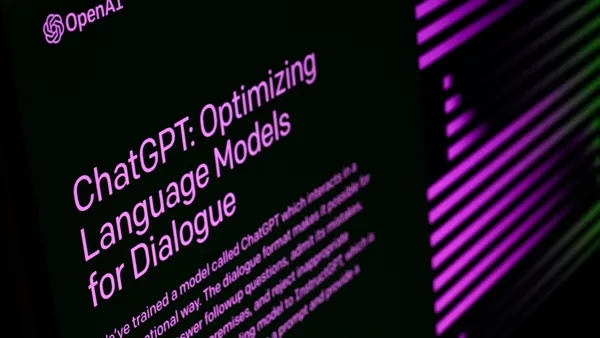As artificial intelligence becomes more prevalent in business operations, U.S. workers feel hesitant about their employers using AI for payroll and paycheck processing, according to a Sept. 18 report from PayrollOrg.
In a survey of more than 25,000 Americans, 34% of survey respondents said they’re uncomfortable with AI calculating their wages, and 45% said they oppose the use of AI in addressing payroll inquiries instead of a person.
“Payroll isn’t just a transaction; it’s a reflection of how much an organization values its people,” Teresa Smith, director of human insights at UKG, said in a statement. “When a single week’s delay in pay can cause financial strain, speed and accuracy aren’t just operational decisions, they are strategic imperatives. And while AI is reshaping the workplace, trust in it to manage pay remains low.”
Notably, 1 in 3 companies say AI will run their hiring process by 2026, according to a report from Resume.org. Although 57% said they already use AI in some aspect of hiring and 74% said it has improved the quality of hires, more than half also expressed concerns about AI screening out qualified candidates, introducing bias or lacking human oversight.
In addition, among the 6 in 10 managers who use AI at work, 94% use it to make decisions about their direct reports, including promotions and layoffs, according to a report from Resume Builder. While 7 in 10 leaders expressed confidence in AI making fair and unbiased decisions about employees, only 3 in 10 said they’ve received formal training on how to do so ethically.
PayrollOrg suggested maintaining human oversight of payroll to build employee trust. Even so, organizations will likely continue to explore ways to use AI alongside personalized support, which will require clear communication and transparency to ease workers’ concerns, the report found.
“It must be anchored in thoughtful processes and designed with people at the center,” Smith said. “When done right, it becomes the heartbeat of the employee experience, shaping financial wellbeing, operational confidence and the credibility of the organization itself.”













